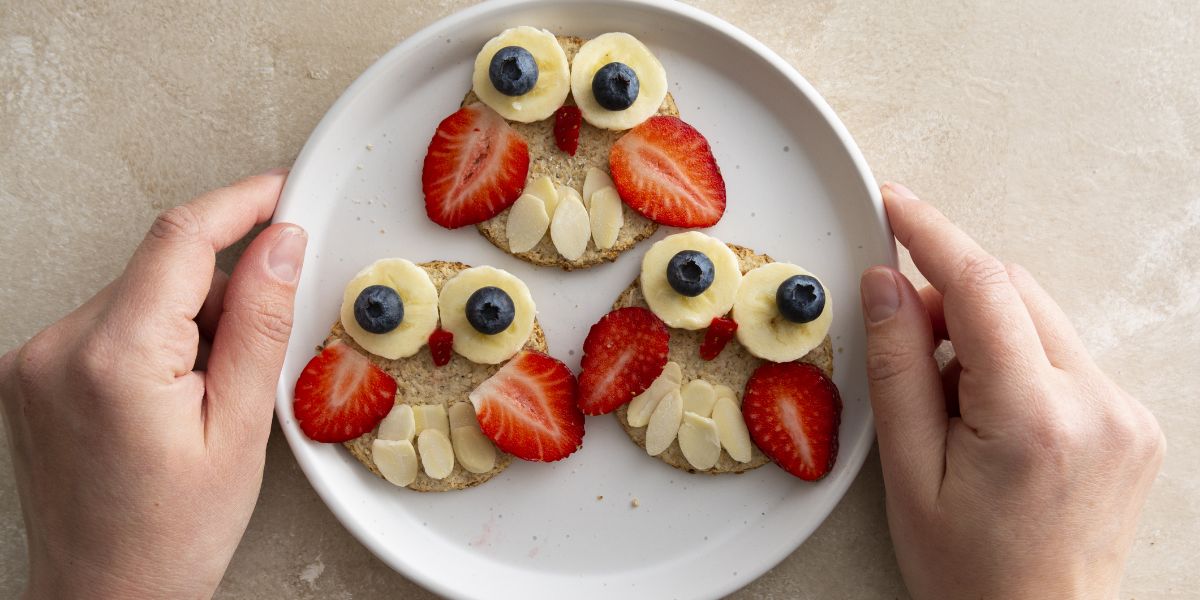Eating a paleo diet incorporates an array of natural, healthy foods which can be beneficial for people with diabetes.
A well-formulated paleo diet typically resembles a low-carb diet as it removes processed foods, dairy grains, starches and refined sugar. The focus is on eating fresh foods with a high consumption of vegetables to keep blood glucose levels stable and lower the risk of health complications
A healthy paleo diet should have:
- No processed food
- High intake of non-starchy vegetables
- Strong protein intake, such as meat and fish
- Strong intake of fats from nuts, avocado, meat and fish
- Low intake of starchy or sugary foods
What does paleo diet plan look like?
There are two categories of food on the paleo diet: in and out. Pre-agricultural/animal foods such as red meat and fish are i, but Neolithic era foods (the time when cereal cultivation and animal domestication was introduced, around 4500-2000 BC) are not.
A paleo diet will usually be:
- Lower in carbohydrate
- Higher in protein
- Moderate or higher in fat
There is no one recommended portion size on the paleo diet.
Carbohydrates
Non-starchy vegetables are generally free to eat on a paleo diet. These include lettuce, spinach, kale, green beans, cabbage and celery. Some starchy vegetables are allowed every now and then, such as sweet potato and butternut squash, but their higher carb content means they are best eaten in smaller quantities.
Fruits are recommended but it’s advised to stick to low-carb fruits such as berries, plums and kiwi fruit in small quantities. Some of the higher-carb fruits which are best avoided include bananas, grapes and mango.
Protein
High protein consumption is core to a paleo diet, and there are many options available. Fatty meats and fish can be a key part of your diet. Options include:
- Meat (such as chicke, turkey, pork and beef)
- Fish, shellfish and other seafood
- Nuts, such as almonds, walnuts, cashews, pecans and pistachios (but no peanuts)
- Seeds, such as pumpki, sunflower and flax
- Eggs
Fat
Fat can come from animal, fish or plant sources. Generally, dairy is not part of the paleo diet, however, some people may choose to make an exception and include dairy foods such as yoghurt, cheese and grass-fed butter. Fatty meats are fine to eat on the paleo diet.
Plant-based fats can be found in foods such as avocados, nuts and coconut (which is technically a fruit rather than a nut).
Plant-based oils can also be a source of fat on the paleo diet. This includes olive, avocado, coconut, and macadamia oils. However, refined vegetable oils such as corn oil, sunflower oil and peanut oil are not allowed.
What can’t I eat?
There are dietary restrictions on the paleo diet, with several foods off the menu. They include:
- Cereal grains (such as wheat, oats, barley and rice)
- Starchy vegetables (such as potatoes and corn)
- Legumes, including beans of any kind and peanuts
- Dairy
- Refined sugar
- Processed foods (including meats such as salami, ham and hot dogs)
- Overly salty foods (such as chips, crackers or soy sauce)
- Refined vegetable oils
Some paleo diet sources will also advocate against consuming alcohol and coffee , however these can be consumed as treats every so often. It depends how strict you wish to be.







